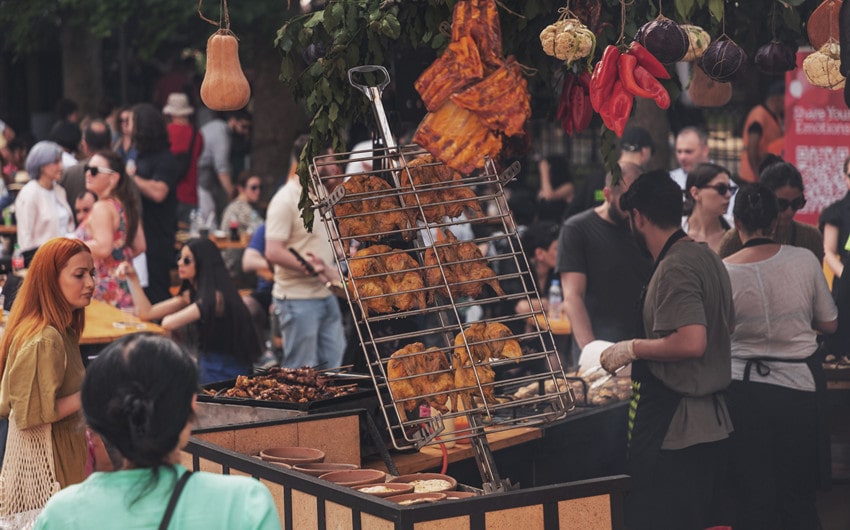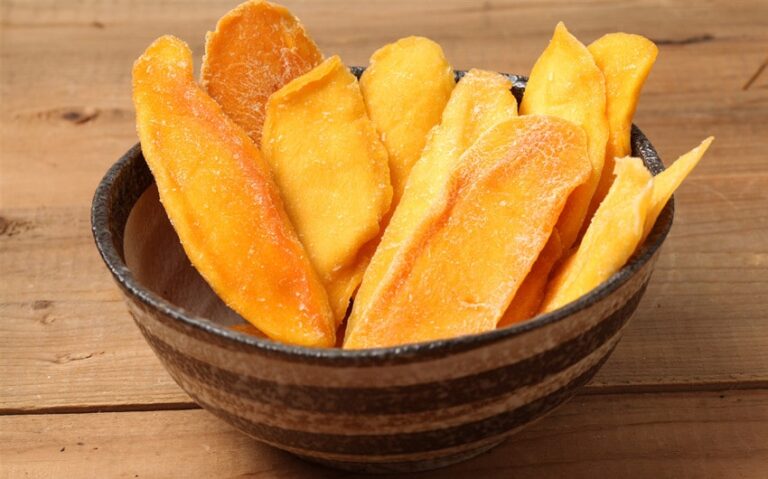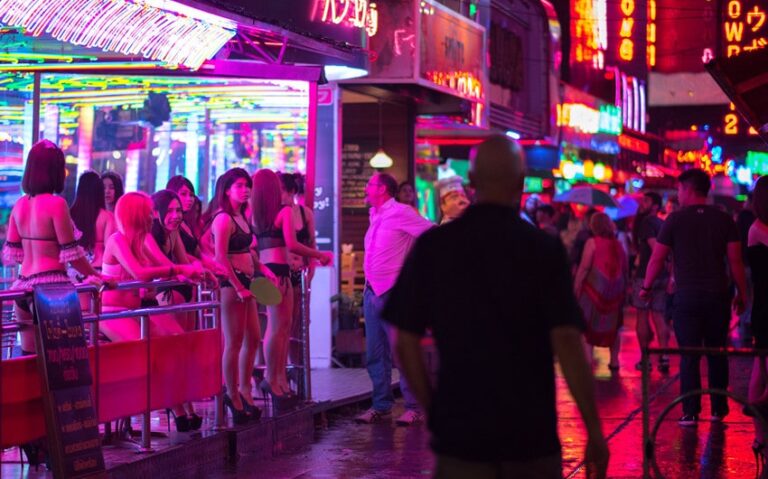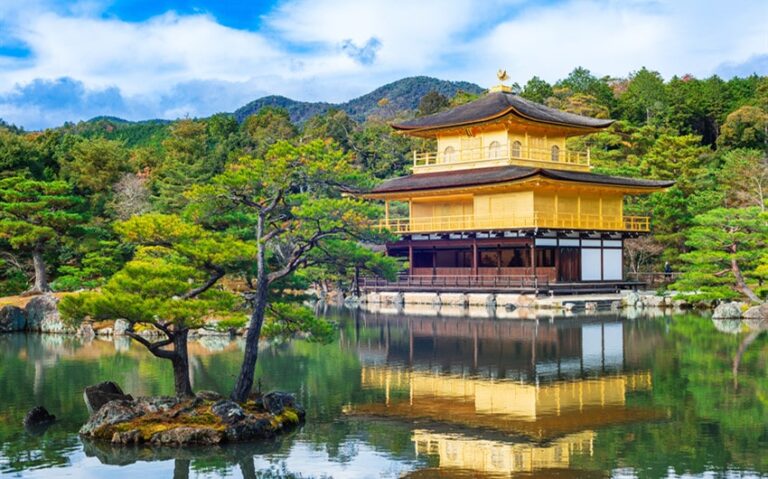Travel Food Shows That Change How You See the World Through Every Bite and Story
Travel food shows aren’t just about food. They’re about memory, identity, conflict, connection, and sometimes, revelation. If you’re someone who looks for meaning in unexpected flavors, who listens for stories in between bites, these shows aren’t just entertainment—they’re fuel. But not all travel food shows are created equal. Some serve glossy visuals and shallow commentary. Others dig deep. You need the ones that change how you see the world.
Why Food Is a Mirror of Place
Every plate tells a story, but the best stories don’t come from recipes—they come from people. When you watch someone stir a pot over a wood fire, you’re not just watching cooking. You’re watching time stretch backward through generations. You’re watching migration, memory, survival. Good travel food shows capture that. They use food as a lens to talk about geography, history, and emotion.
In Naples, pizza is political. In South Korea, kimchi connects generations. In Senegal, a single pot of thieboudienne feeds a neighborhood and a legacy. When you learn about food in context, you realize that a dish is never just a dish—it’s a reflection of land, of pain, of pride, of resilience. A good food show doesn’t sanitize that. It invites you in, then asks you to sit down and listen.
Travel Food Shows That Get It Right
1. Parts Unknown – Anthony Bourdain (CNN)
Anthony Bourdain didn’t just create a food show. He created a way of looking at the world. *Parts Unknown* was messy, thoughtful, and deeply human. Bourdain didn’t perform hospitality—he received it. Whether in Myanmar, the Congo, or Montana, he never pretended to know more than the people who were feeding him. That humility opened doors.
What made *Parts Unknown* different was its refusal to simplify. A meal wasn’t an isolated experience; it was a bridge between Bourdain and his hosts, and often between viewers and places they might otherwise never visit. He talked politics over noodles, shared trauma over grilled meat, and sat quietly when there was nothing to say. That silence, too, was part of the story.
2. Street Food – Asia, Latin America, USA (Netflix)
This beautifully shot series turns the camera toward the cooks who don’t have PR agents or restaurants. These are vendors, grandmothers, and night-shift warriors who work 16 hours a day and serve thousands without ever stepping into the spotlight—until now.
Each episode focuses on one city and one person’s story. You see how loss, poverty, and passion all shaped the hands behind the food. In Bangkok, the Michelin-starred Jay Fai protects her wok like it’s an heirloom sword. In Oaxaca, a young woman carries on her family’s tlayuda tradition with quiet fire. These stories aren’t edited for drama. They’re presented with reverence—and that’s rare.
3. Somebody Feed Phil – Phil Rosenthal (Netflix)
Phil Rosenthal doesn’t act like he’s cool. He acts like he’s lucky. And that makes all the difference. His joyful, awkward wonder brings something deeply human to travel food storytelling. He laughs big, cries easily, and eats with childlike enthusiasm.
This show is deceptively light, but it gets something right: joy is an essential part of cultural exploration. Phil doesn’t just taste—he feels. He honors the moment, not by explaining it, but by experiencing it fully. Whether he’s eating falafel in Tel Aviv or dumplings in Seoul, he brings you into that moment, seat at the table and all.
4. Ugly Delicious – David Chang (Netflix)
This is the show for people who want to talk about the uncomfortable side of food. David Chang uses the kitchen to explore race, appropriation, authenticity, and identity. Can you call something “Chinese food” if it’s made in Houston by a Mexican chef? Is pizza still pizza when it’s made with kimchi?
Each episode pushes you to interrogate your assumptions about cuisine and ownership. Instead of tidy answers, you get questions—big, messy ones that reflect how culture evolves in real time. It’s not a feel-good show. It’s a necessary one. Especially for travelers who want to move through the world respectfully and consciously.
5. The Mind of a Chef (PBS/Netflix)
Produced by Bourdain, this show dives deep into the creative process. Each season follows one chef—like Gabrielle Hamilton or Magnus Nilsson—through their influences, travels, and philosophies. You’ll hear about failures, obsessions, and strange experiments. You’ll see how dishes evolve from childhood memories, missteps, or late-night cravings.
It’s not about discovering the “best” food. It’s about understanding why chefs create what they do. If you’ve ever looked at a dish and wondered what thought—or emotion—built it, this show gives you the backstory.
The Colonial Legacy Behind Many Dishes
Many travel food shows flirt with this history, but the best ones stare it down. Curry isn’t Indian—it’s a British invention. Bánh mì exists because of French colonization. Roti canai reflects South Indian migration across Southeast Asia. Understanding a dish means acknowledging the uncomfortable truths it holds.
When a show pauses to explore that history, it allows you to taste food with new awareness. A single ingredient—like sugar, tea, or chili—can carry the weight of empire. Knowing that doesn’t ruin the flavor. It deepens it. The more you understand where a dish came from, the more respectfully you can receive it.
Food as a Record of Memory and Migration
Travel food shows can be powerful records of diasporic identity. From Vietnamese refugees starting pho stalls in Australia to Palestinian grandmothers preserving za’atar blends in Brooklyn, food becomes a vessel for memory. It’s what people carry when they leave everything else behind.
These shows reveal how recipes change as they migrate—ingredients substituted, techniques improvised. And yet, something essential remains. The act of cooking becomes an anchor, a way to remember who you are when the rest of the world feels foreign. Watching these stories lets you understand migration not as news—but as lived experience.
Using Travel Food Shows as Research Before You Travel
If you’re the kind of traveler who likes to arrive with a sense of context, travel food shows are an incredible tool. You’re not watching to find “what to eat” in Tokyo or Lima—you’re watching to understand why food matters in those places.
- Learn local etiquette: Should you slurp? Should you eat with your hands? Should you sit on the floor?
- Spot lesser-known dishes: Go beyond the touristy top 10 lists and discover regional specialties that locals actually eat
- Understand food timing: In Spain, dinner starts at 9pm. In Singapore, hawker stalls close before sunset. Timing matters.
- Gain emotional insight: Some dishes aren’t about taste—they’re about healing, grieving, celebrating. That emotional subtext is what makes food unforgettable.
By watching how locals cook, serve, and talk about food, you arrive more prepared to engage meaningfully. You don’t just show up with hunger. You show up with respect.
What These Shows Teach You About Being a Better Guest
Food shows can teach you how to be a better traveler—not by giving you a list, but by modeling behaviors:
- Ask instead of assume: Let people tell you what something means before you define it for them.
- Eat what’s offered with gratitude: Even if it’s unfamiliar. Especially if it’s unfamiliar.
- Stay curious and open: Every meal is an opportunity to witness tradition, change, resilience, or love.
Hosts like Bourdain and Rosenthal show that curiosity, humility, and patience open doors that information alone cannot. You’re not there to consume. You’re there to connect. Food is just the beginning.
Where to Watch These Shows (and Why It Matters)
You can find many of these shows on Netflix, Hulu, Amazon Prime, and PBS. But don’t binge them like background noise. Watch one episode at a time. Watch it when you’re hungry. Watch it when you miss travel. Watch it when you’re planning your next trip.
And then let the episode sit with you. Let it color the way you look at food—not just abroad, but at home. Ask yourself: what’s the story behind your own meals? What’s your mother’s secret ingredient? What do you always cook when you’re heartbroken? Food connects all of us. You just have to notice.







